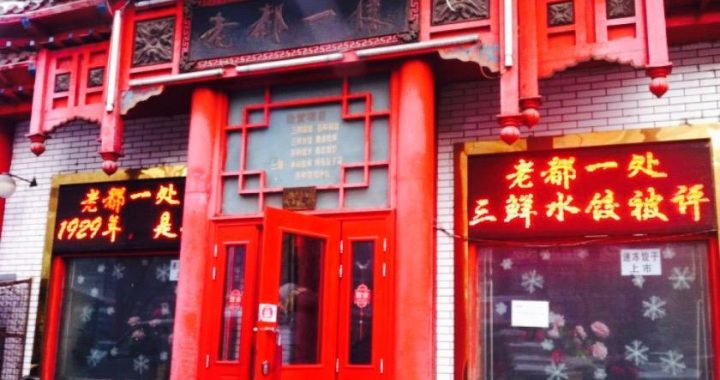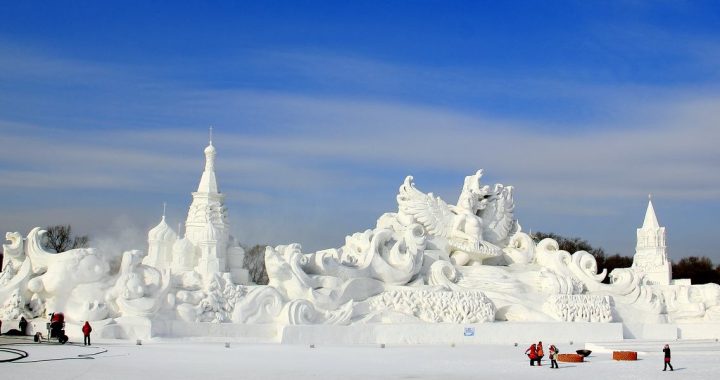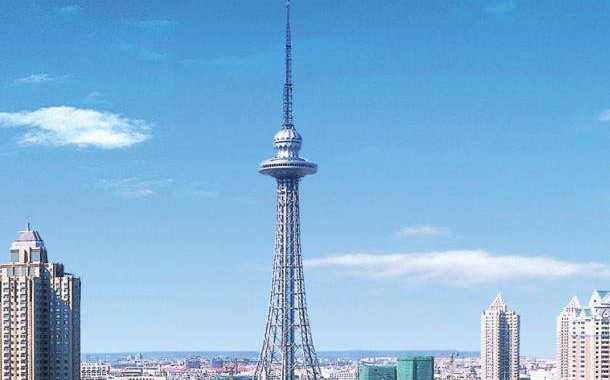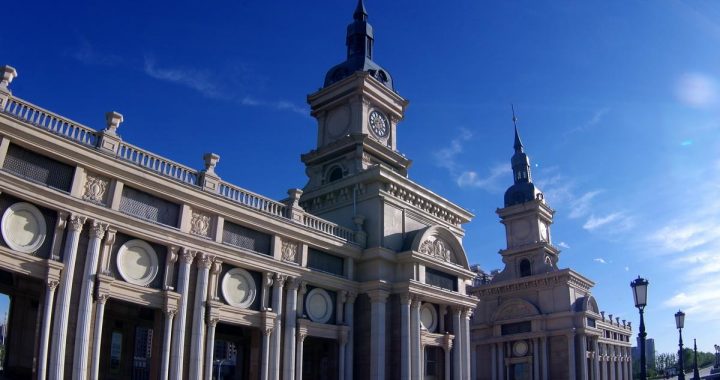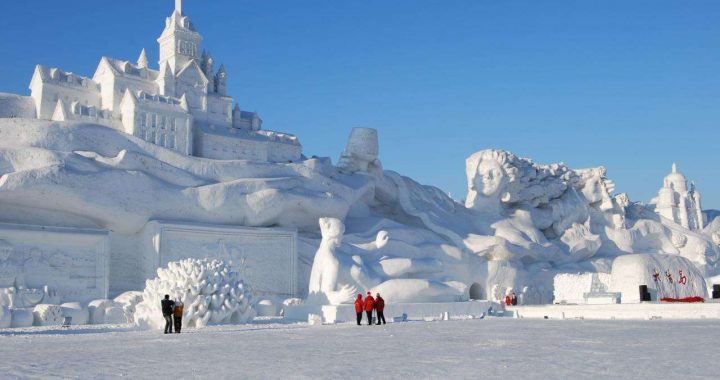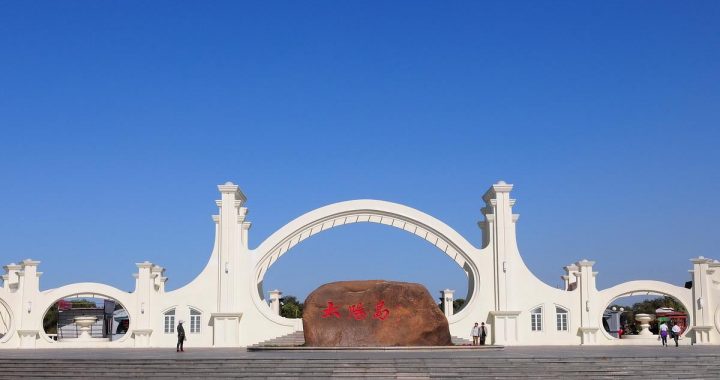Harbin’s thawing Economy
2 min readLittle Pairs of the East Russian playground,the city that investment forgot,that cold place with the ice lantern,such are some of the popular characterizations of Harbin,capital of Heilongjiang province in China’s cold and northeast.As with most generalizations,these perceptions do have some foundation in reality:Harbin does have some cobblestone streets which evoke a sense of Pads,there is a sprinkling of dangerous-looking Russians,and winter temperatures do fall to minus 40 Celsius.But large areas of the city are also in the early stages of an urban renewal,and paralleling that is the rise,or revival,of Harbin’s middle class.

Today’s positive momentum is a ray of hope for Harbin,or“Ice City”,which has a troubled past.The nadir of the city’s recent history was occupation by Japan in the first half of the 20th century and the atrocities committed by its top secret germ warfare Unit 731.

After the opening up of China in 1979,this city in China’s“rust belt”began to lag behind the eastern provinces south of the Yellow River-creating a gap that is sti1l quite evident today.

With the end of the Cold War,Soviet border concerns eliminated and Russia’s messy transition from a centrally planned economy to whatever it is now,Harbin was perfectly placed to benefit.
A retired trader residing in Harbin agrees.“1992 was the turning point,”she said.“The Chinese government opened the border with Russia and until about 1995 there was a lot of money to be made.”

Harbin-based traders made frequent trips to the southern cities of Guangzhou,Wenzhou and Shanghai to buy luxury goods out of the back door of factories.They then took the goods back up to Heilongjiang to trade for steel,copper,furs and even Russian dogs which were a status symbol for a few years.
“Buying dogs was great”recalled another former cross-border trader.“We used to buy pedigree Russian dogs for RMB 500 across the border and then sell them for between RMB 3000 and 10000 in China.The trick was to give the dogs some alcohol before you crossed the border to knock them out.”
Harbin still has numerous problems,most notably bankrupt SOEs.With most of its local firms still in the early stages of trimming the fat,Harbin will have a hardtime turning things around-a local official estimated that around 60%of Harbin’sSOEs are facing the bleak choices of either merging,changing industry or closing.
This translates into rising unemployment and poverty.

